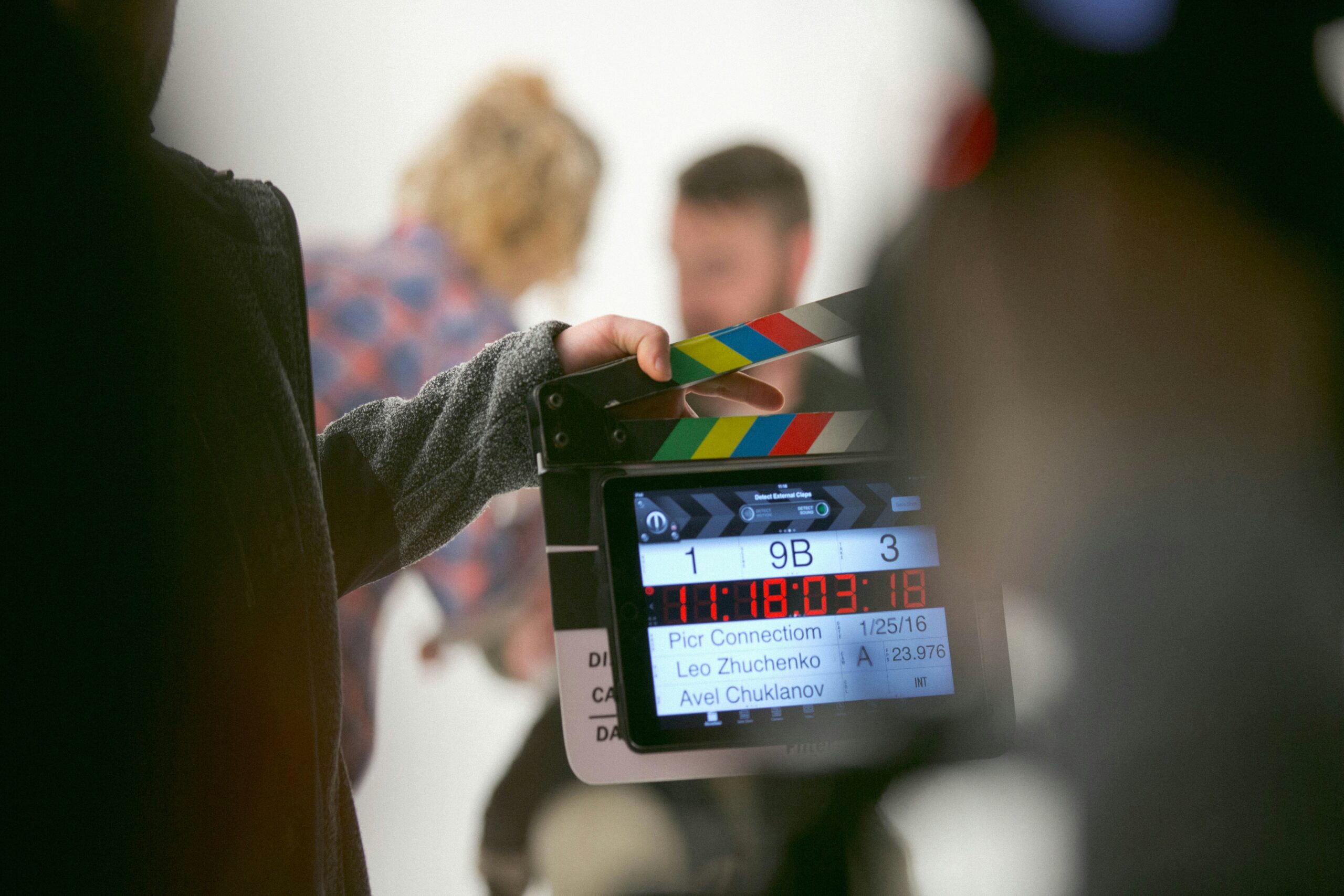
With its rich textures, improvisational flair, and emotional depth, jazz has long been a powerful tool in film and television. As a genre that can evoke many emotions, from joy to melancholy, tension to serenity, jazz uniquely enhances storytelling in ways few other musical genres can. Whether through the swinging sounds of the big band era, the cool sophistication of bebop, or the evocative strains of a solo saxophone, jazz soundtracks have played a crucial role in shaping the narratives and atmospheres of countless films and TV shows. This article explores how jazz has been used to enhance storytelling on screen and its lasting impact on the cinematic experience.
The Emotional Power of Jazz in Storytelling
Jazz is inherently expressive and can convey complex emotions and moods through improvisation, syncopation, and dynamic rhythms. This emotional versatility makes it an ideal choice for filmmakers and television producers looking to add depth and nuance to their stories. Jazz soundtracks can underscore the tension in a dramatic scene, amplify the lightheartedness of a comedic moment, or highlight the introspection of a character’s journey.
Similarly, the 1961 film Breakfast at Tiffany’s features Henry Mancini’s iconic jazz composition “Moon River,” a defining feature of the film and a timeless piece of music that continues to resonate with audiences. The gentle, melodic qualities of “Moon River” encapsulate the dreamy and romantic themes of the film. At the same time, the broader jazz-infused score enhances the sophistication and elegance associated with its protagonist, Holly Golightly.
Jazz as a Character in Itself
In some films and TV shows, jazz becomes more than just a soundtrack—it becomes a character in its own right. This is especially true in narratives centered around the lives of musicians or set in eras when jazz was a dominant cultural force. The music doesn’t just accompany the story; it drives it forward, reflecting the characters’ inner lives and the social dynamics at play.
The 2014 film Whiplash is a prime example of this approach. The film, which follows a young jazz drummer and his intense, often abusive mentor, uses jazz music to symbolize the protagonist’s obsession with perfection and the pressure to succeed. The frenetic pace and technical complexity of the jazz pieces featured in the film mirror the protagonist’s increasingly frantic mental state, creating a visceral experience for the audience. The music in Whiplash is not just a backdrop but a crucial element of the narrative, embodying the tension and stakes at the heart of the story.
Jazz as a Cultural Marker
Jazz soundtracks are often used to establish a particular time and place, serving as a cultural marker that situates the story within a specific historical or social context. This is particularly evident in films and TV shows set from the 1920s to 1950s when jazz peaked in American culture.
The 2013 film The Great Gatsby, directed by Baz Luhrmann, utilizes jazz to evoke the Roaring Twenties, a period synonymous with jazz music, speakeasies, and the exuberance of the Jazz Age. However, Luhrmann adds a modern twist by blending traditional jazz with contemporary hip-hop and pop elements, creating a soundtrack that reflects the excess and vibrancy of the era while also appealing to modern audiences. This fusion highlights how jazz, even when mixed with other genres, remains a powerful tool for setting the tone and atmosphere of a film.
Jazz in Modern Film and TV
In contemporary cinema and television, jazz continues to be a vital component of storytelling, often used to add a layer of complexity or to evoke a certain mood. Films like La La Land(2016), which pays homage to the golden age of Hollywood musicals, use jazz to celebrate the genre’s history and explore themes of ambition, love, and sacrifice. The film’s jazz-infused soundtrack is integral to its narrative, with the music enhancing the emotional highs and lows of the character’s journey.
Jazz is also used in unexpected ways in modern television. For instance, the Netflix series Luke Cage incorporates jazz and blues into its soundtrack to reflect the cultural heritage of Harlem, where the show is set. The music not only adds to the show’s atmosphere but also connects the characters and their stories to the rich musical history of the neighborhood.
Jazz has an unparalleled ability to enhance storytelling in film and television. Its emotional depth, improvisational nature, and cultural significance make it a versatile tool for filmmakers and television producers. Whether used to underscore a dramatic scene, act as a character in itself, or serve as a cultural marker, jazz music brings an added dimension to narratives, making stories more immersive and impactful. As the genre continues to evolve, its influence on film and TV storytelling remains as strong as ever, ensuring that jazz will continue to be a vital part of the cinematic and television landscape for years.